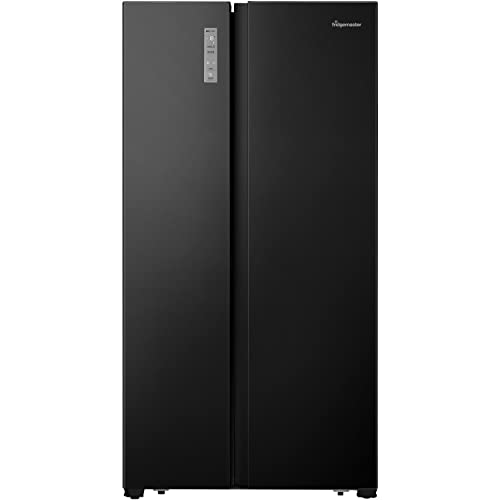Fridges and freezers are two of the most essential devices in modern-day kitchens. These home appliances serve an essential function in food conservation and waste decrease by making sure that disposable products stay fresh and safe for intake. This article looks into the numerous kinds of fridges and freezers, their functionalities, and important factors to consider for choice and upkeep.

The market offers a variety of refrigerator types, each created to satisfy different customer needs. Below is a list of the most common types of fridges:
Top-Freezer Refrigerators
Bottom-Freezer Refrigerators
Side-by-Side Refrigerators
French Door Refrigerators
Compact Refrigerators
| Type | Benefits | Disadvantages | Common Size |
|---|---|---|---|
| Top-Freezer | Affordable, energy-efficient | Less practical access to the freezer | 14-30 cu. ft. |
| Bottom-Freezer | Simpler access to fresh food | Freezer can be more difficult to organize | 19-30 cu. ft. |
| Side-by-Side | Easy gain access to, water/ice dispenser | Narrow vs. storage space | 22-30 cu. ft. |
| French Door | Trendy, spacious, arranged | More costly | 20-30+ cu. ft. |
| Compact | Space-saving, portable | Minimal storage | 1.7-5.5 cu. ft. |
Freezers are a similarly essential appliance for food preservation. They come in numerous designs developed to fit different household needs. Consider the following types:
Upright Freezers
Chest Freezers
Portable Freezers
| Type | Benefits | Downsides | Common Size |
|---|---|---|---|
| Upright Freezer | Easier to arrange | Less energy-efficient, more flooring space | 5-20 cu. ft. |
| Chest Freezer | Holds more items, energy-efficient | Harder to organize | 5-25 cu. ft. |
| Portable Freezer | Compact and flexible | Minimal storage capability | 1-10 cu. ft. |
When picking a fridge or freezer, consumers should bear in mind a number of features that can enhance functionality:
While fridges and freezers are indispensable technologies, they also have specific advantages and drawbacks:
| Pros | Cons |
|---|---|
| Maintain food life-span and reduce waste | Need routine upkeep |
| Permit bulk purchasing and meal prepping | Can be pricey to buy and run |
| Deal benefit and fast access to food | Inhabit considerable kitchen area space |
To guarantee durability and optimum performance of fridges and freezers, think about the following maintenance tips:
Q1: How long can food be saved in a freezer?A: Most foods can be kept in a freezer for numerous months. Meats and poultry often last 4-12 months, while vegetables can last approximately 8-12 months.
Q2: How typically must I clean my fridge and freezer?A: It is recommended to clean your fridge and freezer every 3 to 6 months, or as needed when spills take place. Q3: Can I put hot food straight in the fridge?A: It is advised to cool hot food to space temperature level before positioning it in the fridge to prevent
raising the temperature level inside the home appliance. Q4: Why is my fridge running constantly?A: This could be due to a malfunctioning thermostat, stopped up coils, or door seals that aren't working properly. Fridges and freezers are vital
properties to contemporary households, supplying important services for food storage and preservation.
Comprehending the numerous types, features, and upkeep requirements can assist consumers pick the ideal home appliances for their needs and maximize their functionality. Welcoming energy-efficient designs not only supports sustainable practices but also contributes to considerable cost savings on energy expenses, making informed choices more important than ever.
No Data Found!

